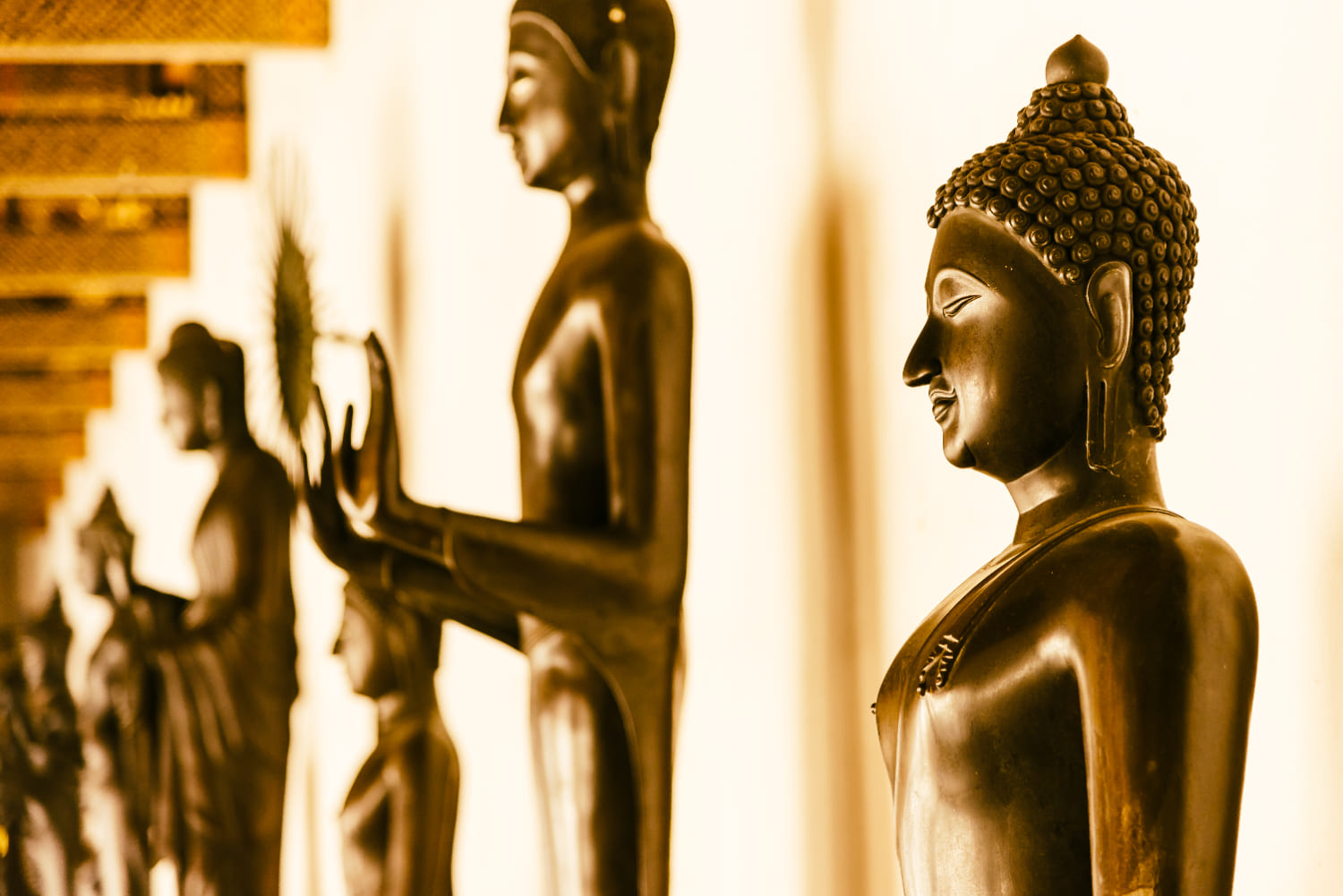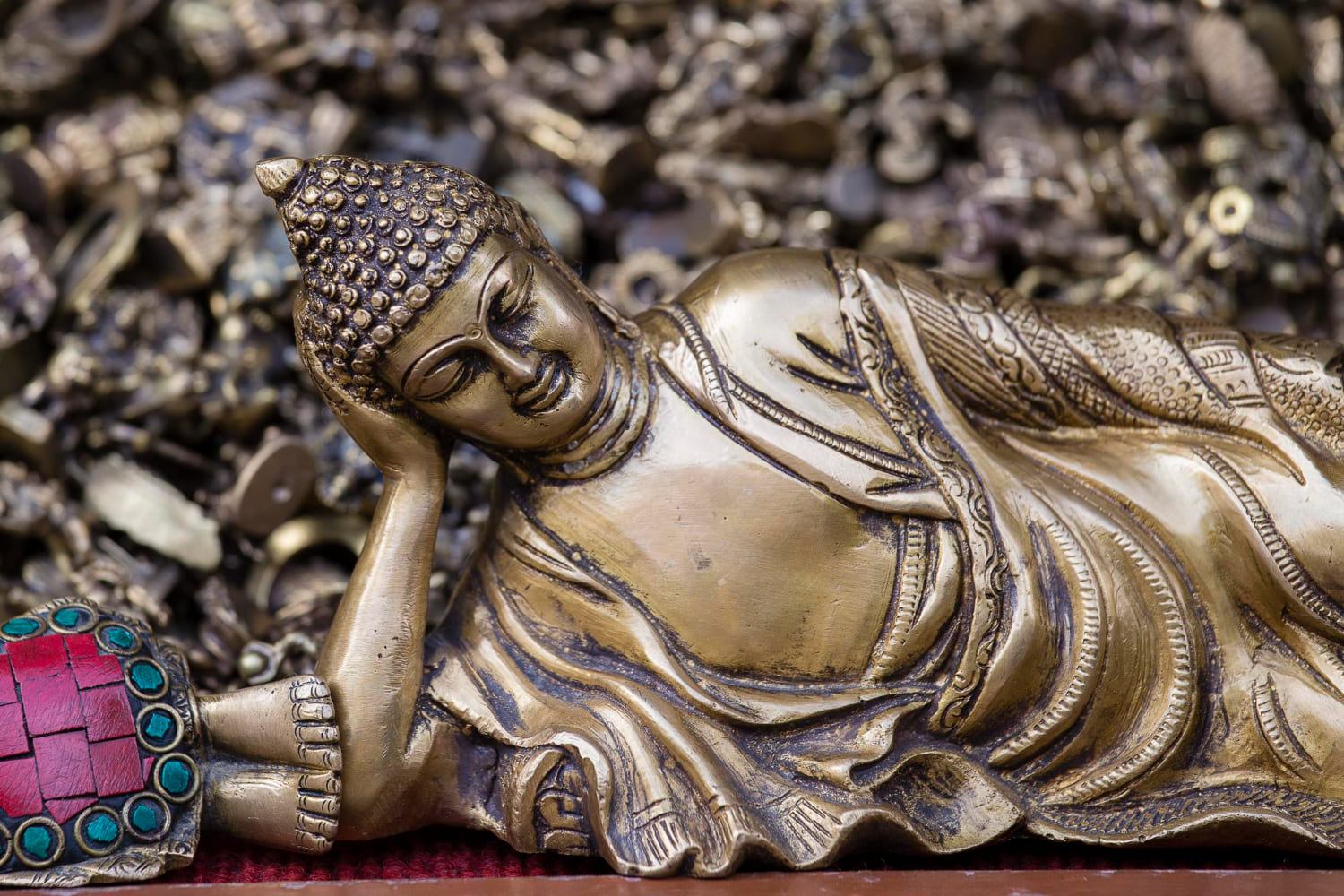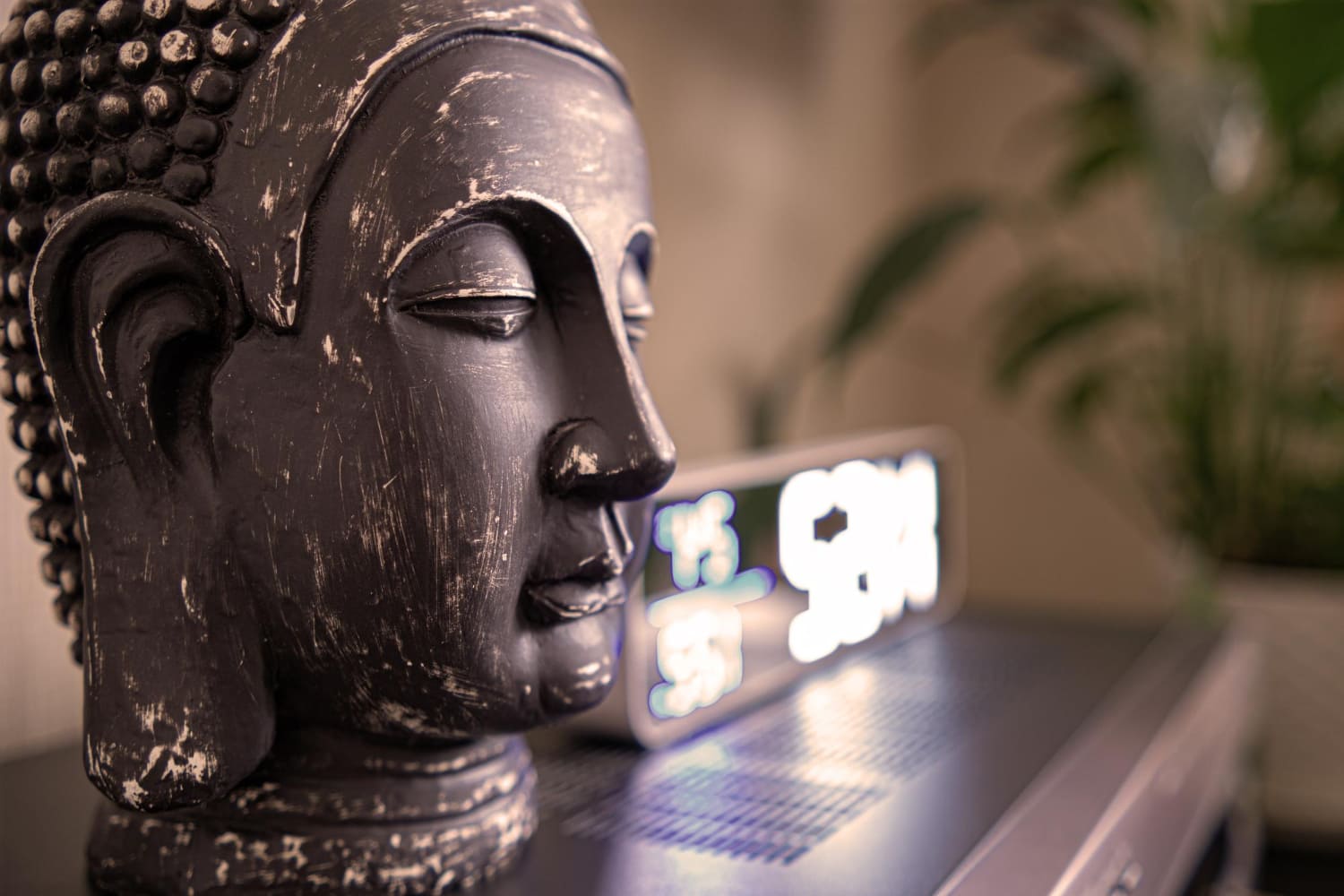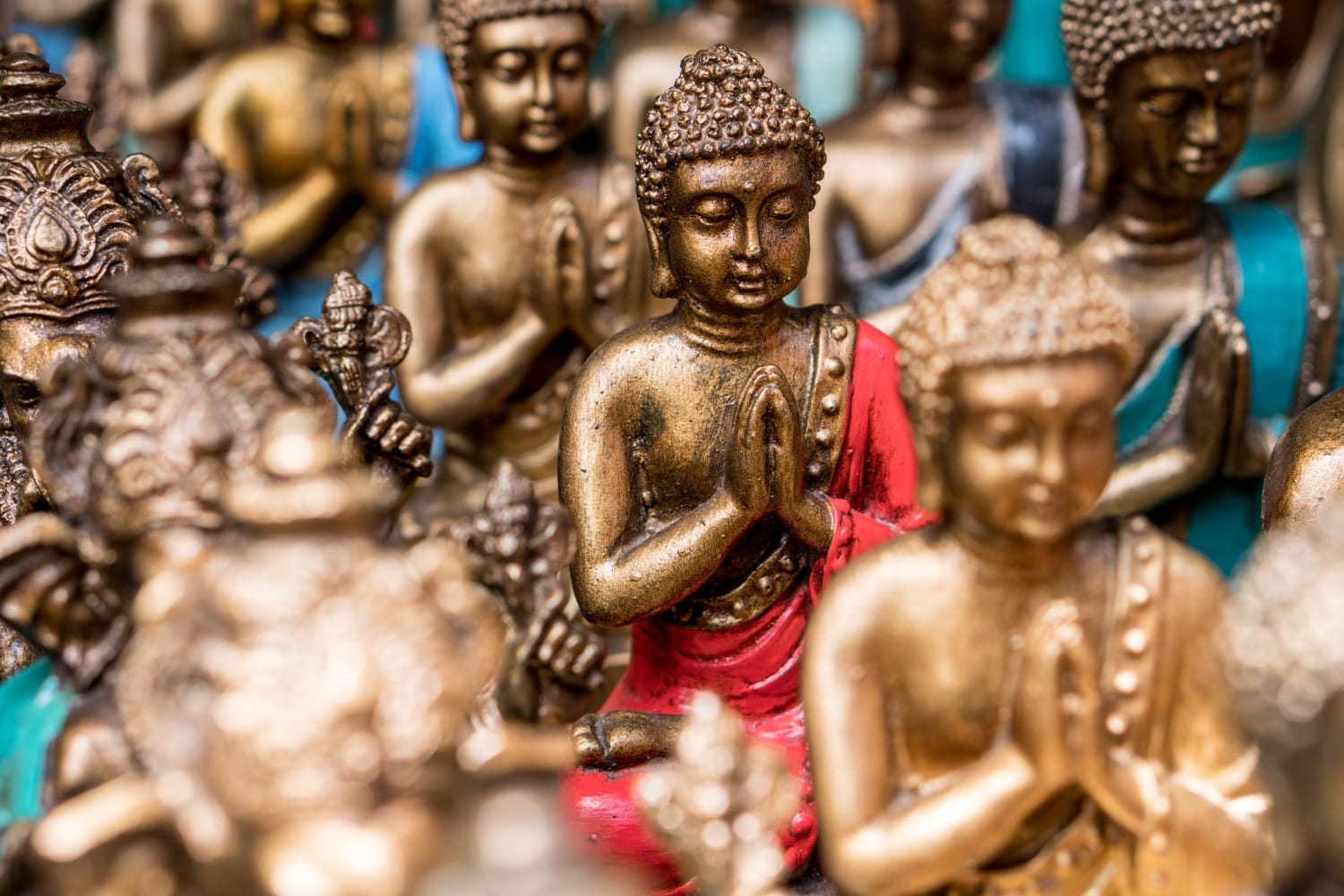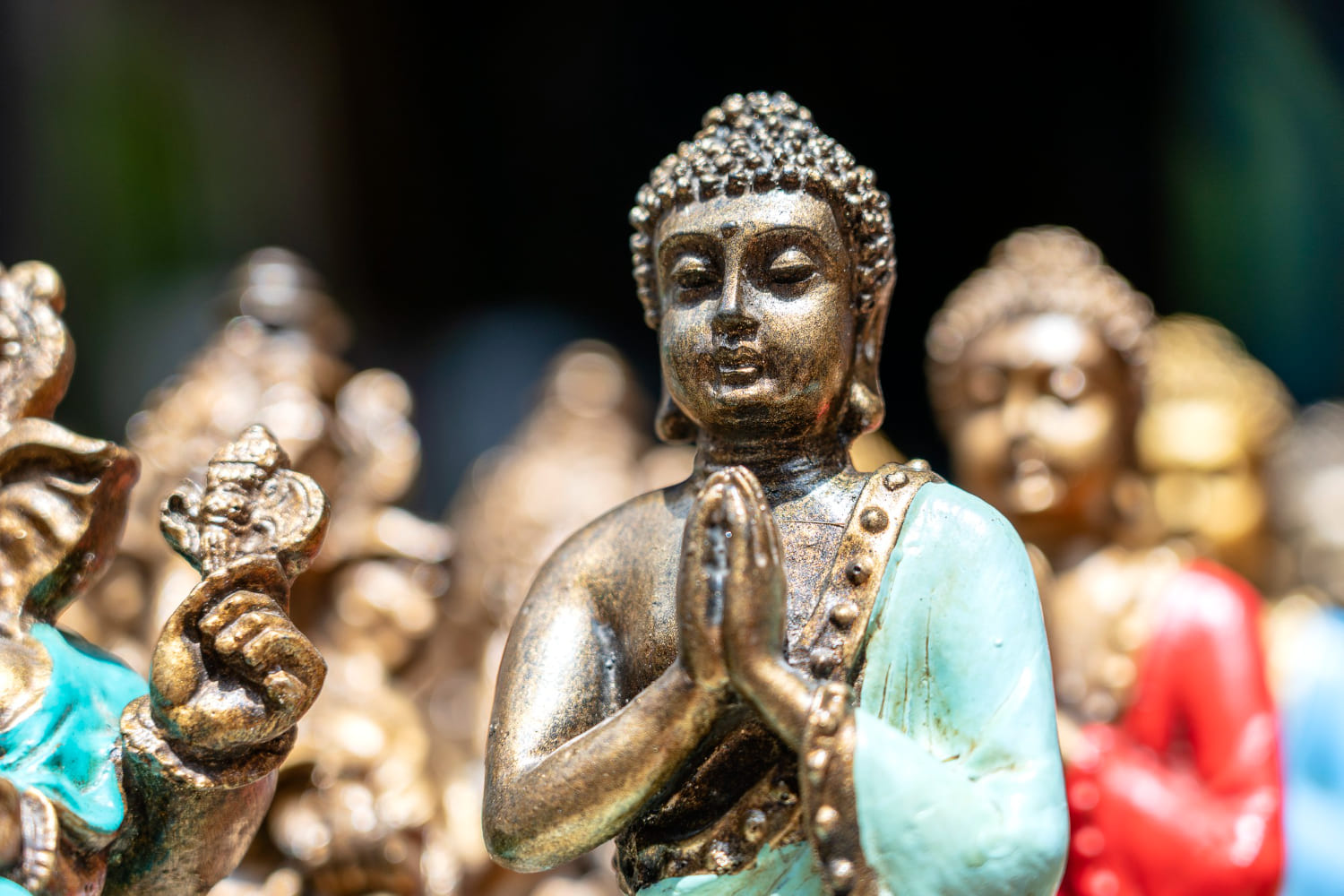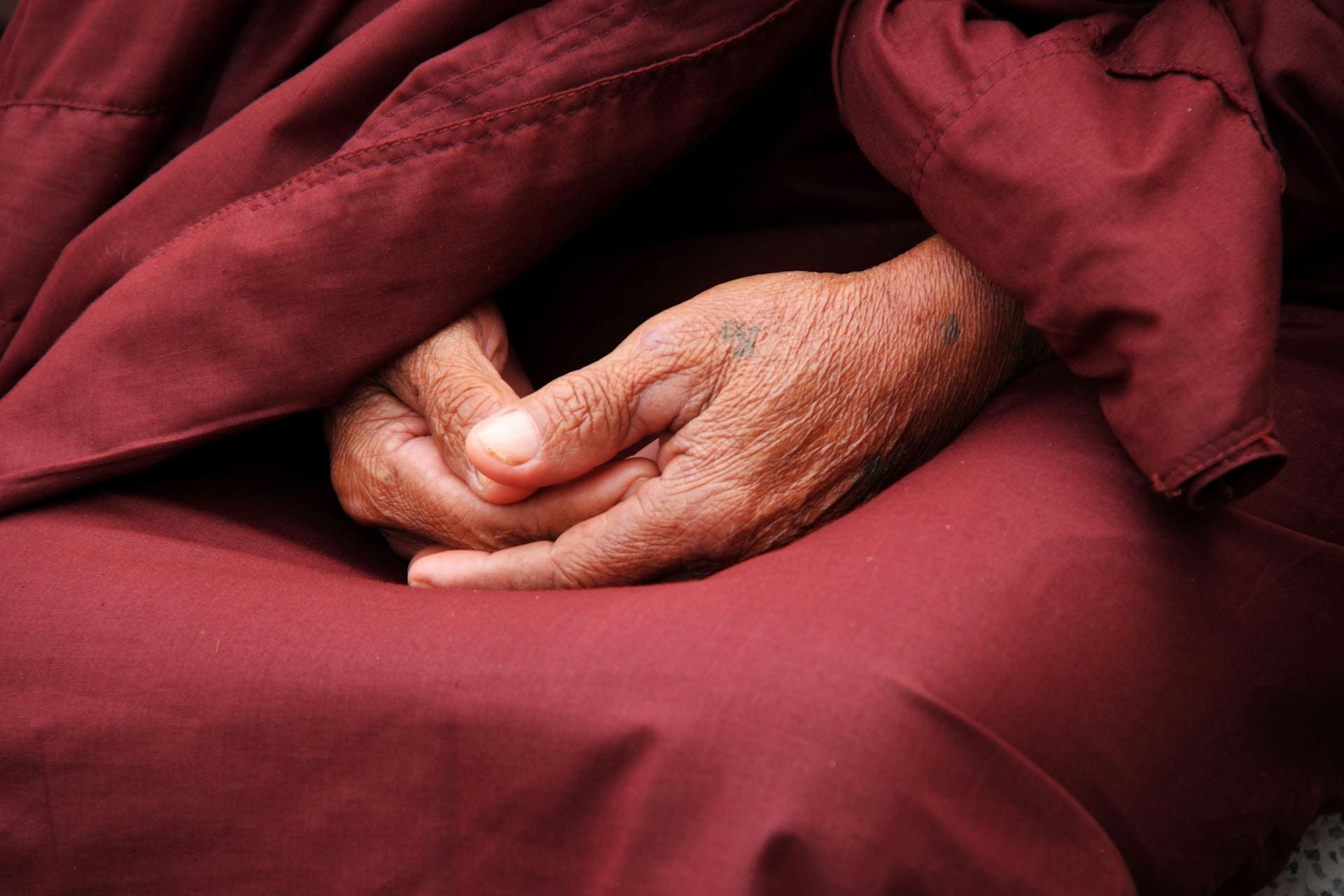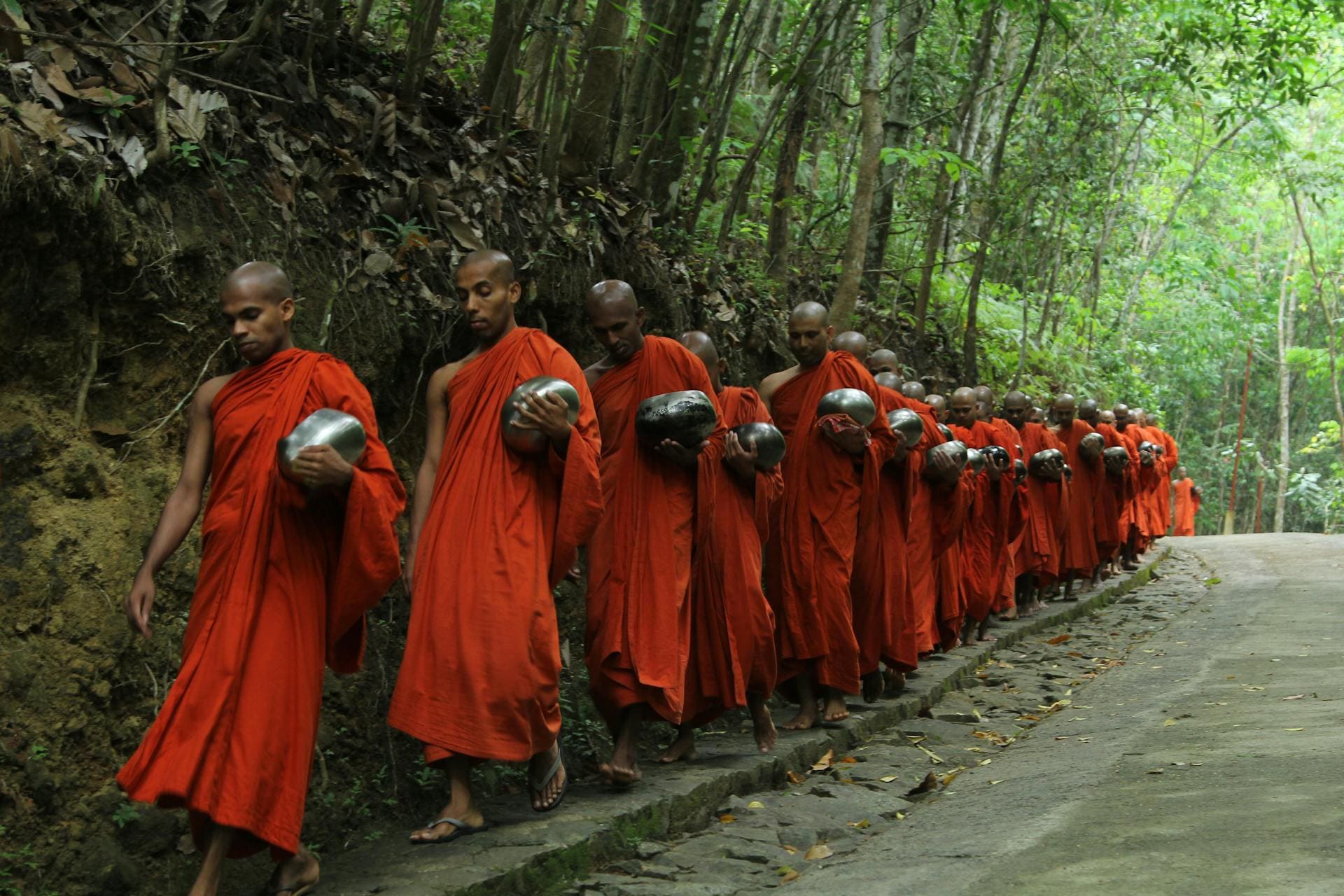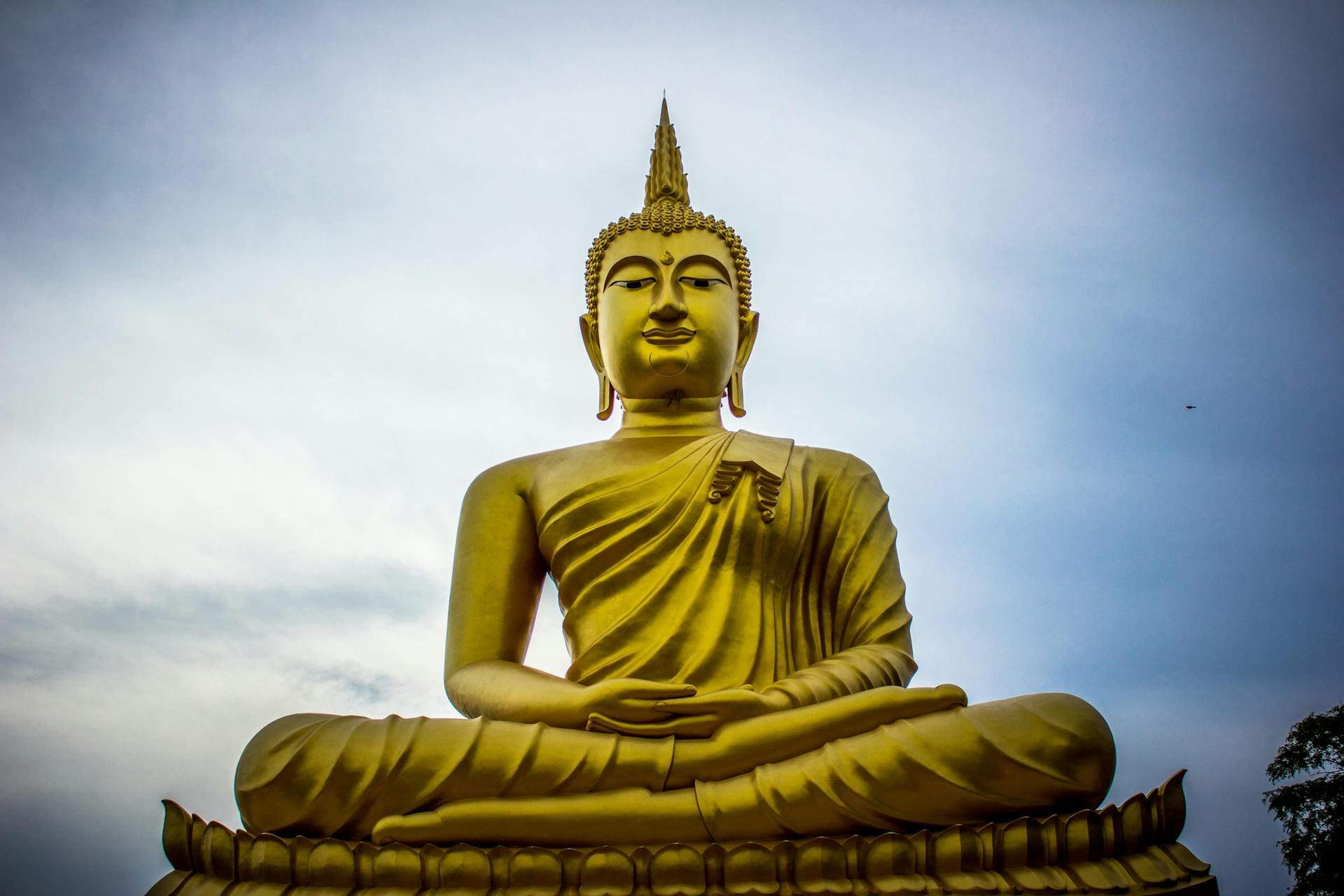Buddhism fundamentally differs from the major world religious movements, Christianity and Islam. The main point is that this non-theistic religion denies the existence of an eternal soul and a creator God. The founder of Buddhism is Siddhartha Gautama, who belonged to a family of warriors and was born around the 6th century. The Shakya clan lived in the northern regions of India.
The biography of the prince quickly began to grow over with various legendary events. The very circumstance of birth is associated with the legend of how the expectant mother had a prophetic dream in which a white elephant penetrated her flesh. Interpreters announced the appearance of an unusual person, a potential ruler of the world. The historical basis is closely intertwined with the mythological. Buddhism raises many questions, we will try to answer some of them in this article.
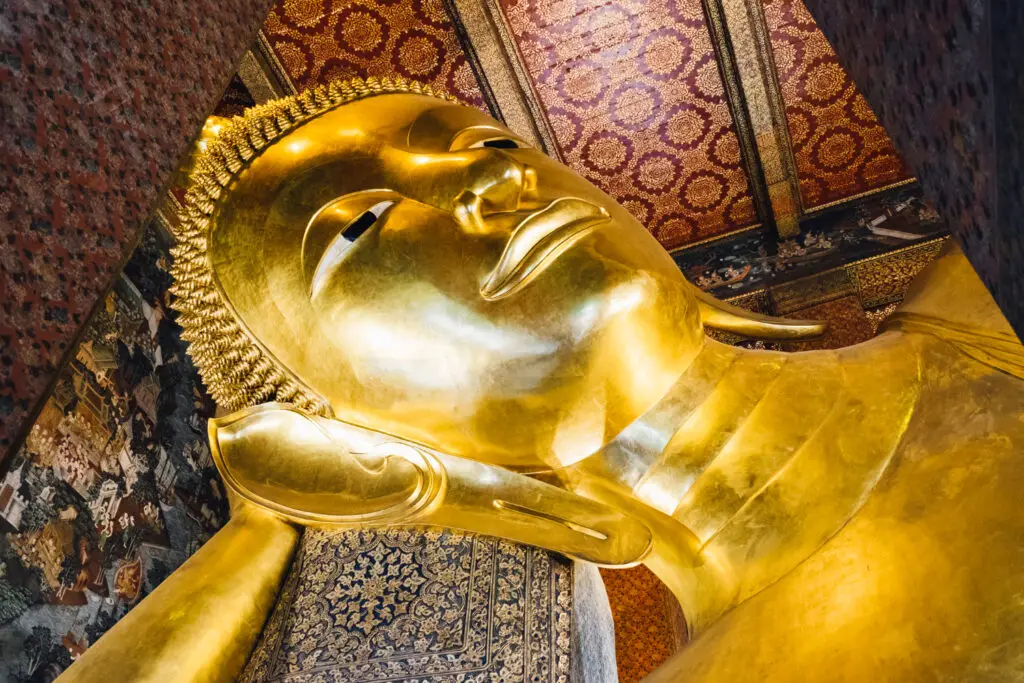
The emergence of Buddhism
Siddhartha is considered the founder of Buddhism. His childhood and youth passed cloudlessly, without troubles and misfortunes, but after meeting a funeral procession, a sick, infirm man, and an older man, he gets a huge shock, leaves his home, and begins to lead an ascetic lifestyle. Long meditations help to achieve enlightenment, by which time he turns 35 years old. Siddhartha decides to become a Buddha and begins to preach his beliefs, which are called dharma. Its essence can be explained with the help of 4 provisions:
1. The world is far from perfect and is filled with all sorts of torment.
2. The origin of torment is the aspirations and desire for life, which help the wheel of samsara rotate. This is the usual life cycle: departure into oblivion and subsequent births.
3. Breaking out of this circle is possible by achieving enlightenment and nirvana.
4. The path to freedom consists of 8 positions, which consider it obligatory to observe the norms of ethics, meditation, and rational thinking, which is salvation. The eightfold middle path is at the same distance from severe asceticism and an existence filled with pleasures.
For a long time, the positions and concepts of Buddha’s philosophy were transmitted in verbal retelling, a little later it was written down on palm leaves, which were placed in special containers. Buddhism has many schools and branches with slight differences, but they are all united by faith in Buddha, dharma, and sangha.
Three directions of Buddhism: features and differences
There are three main branches of Buddhism:
Theravada is “the teaching of the elders.” It is widespread in Southeast Asia and Sri Lanka. The branch is considered the most ancient, from Buddha Shakyamuni and his followers. Apologists of other teachings consider Theravada too elitist and categorical. It assumes the achievement of nirvana exclusively through an ascetic lifestyle.
Mahayana – “the great chariot”. Its followers are confident that lay people are capable of achieving enlightenment. They listen to the position of bodhisattvas, enlightened people who, on their initiative, remain in samsara and help everyone else escape the whirlpool of deaths and births. This direction is popular in China, Nepal, Japan, Korea, and other countries and regions.
Vajrayana – “the diamond chariot”. It arose as an internal current of Mahayana and reached the point of its most active prosperity in Tibet. Adherents are confident that achieving the highest goal is possible in one life cycle. To do this, one must follow the rules of Buddhist virtues and resort to unique practices in meditation. It is popular in Tibet, Mongolia, and Buryatia.
Interesting questions about Buddhism
Is Buddha a god?
The presence of supernatural abilities and various cosmic phenomena indicate an eternal creation. Buddha’s ashes are surrounded by special reverence and are divided into eight parts. Mahayana claims that in parallel with the physical body, Buddha also had an eternal, dharmic one. Hindu deities are in the background. Gods also fall into the cycle of samsara to be reborn.
Can Buddhists celebrate the New Year?
This religion has quite a decent number of holidays, but they are not very similar to religious ones. The Buddhist holiday cycle is based on the lunar calendar in almost all countries. One of the main ones is Vesak; there is also Sangha Day and Dharma Day.
Buddha in the singular, or can there be many?
The most revered is Shakyamuni. There is a version about an infinite number of awakened ones, but the names and numbers of their predecessors are found in the sacred texts; there is a prophecy about the appearance of another Buddha, Maitreya, who is currently in heaven.
Are there temple buildings in the Buddhist religion?
Yes, the most common religious building is the stupa. Its architectural style can vary depending on regional traditions: square-stepped, hemispherical, or pagoda.
